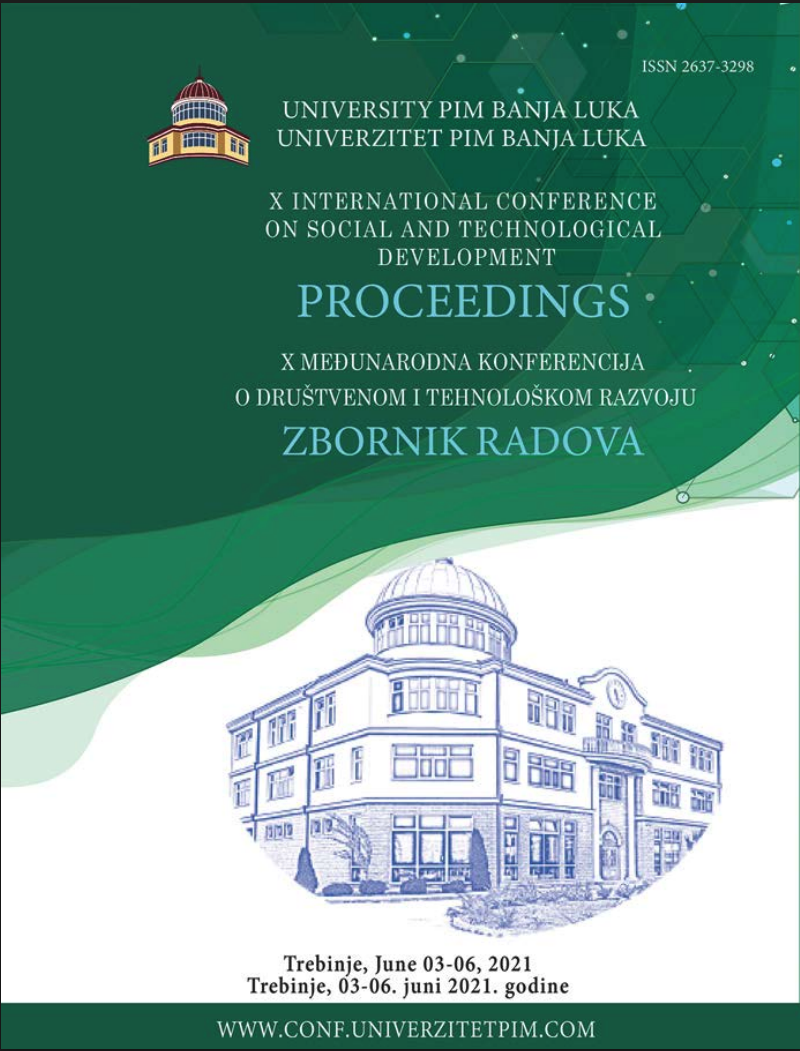
This is an open access article distributed under the Creative Commons Attribution License which permits unrestricted use, distribution, and reproduction in any medium, provided the original work is properly cited.
Faculty of Management Herceg Novi, Adriatic University Montenegro
Faculty of Economics, University PIM Bosnia and Herzegovina
Government of Montenegro , Podgorica , Montenegro
Advanced and majority of large and medium-sized seaports today produce a combination of public and private goods. Public goods are those that are indivisible by nature and are not expendable, such as public safety, security, healthy environment, coastal protection works necessary for the creation of a port basin, etc. Private goods are both expendable and divisible and their use implies a minimum of economic external factors. Most of the value of private goods is realized in market transactions between private parties. In institutional terms, seaports are a combination of public and private goods. They generate direct economic benefits (private goods) through their operations, as well as additional indirect benefits (public goods) in the form of trade promotion, and increase the production of port services and collaterally increase trade-related services. ports that have made significant progress towards the development of public-private partnerships (PPPs) have improved their own efficiency, which has led to a modification of the institutional matrix of seaports. Effective implementation of PPP in seaports is possible only in the state of formed and developed institutional environment, which implies a complete set of institutional structures (elements, factors and conditions). Thus, the development of the seaport through PPP is accompanied by a large number of organizational decisions of regulatory, legal, economic, technical, marketing, economic and social nature.
The statements, opinions and data contained in the journal are solely those of the individual authors and contributors and not of the publisher and the editor(s). We stay neutral with regard to jurisdictional claims in published maps and institutional affiliations.